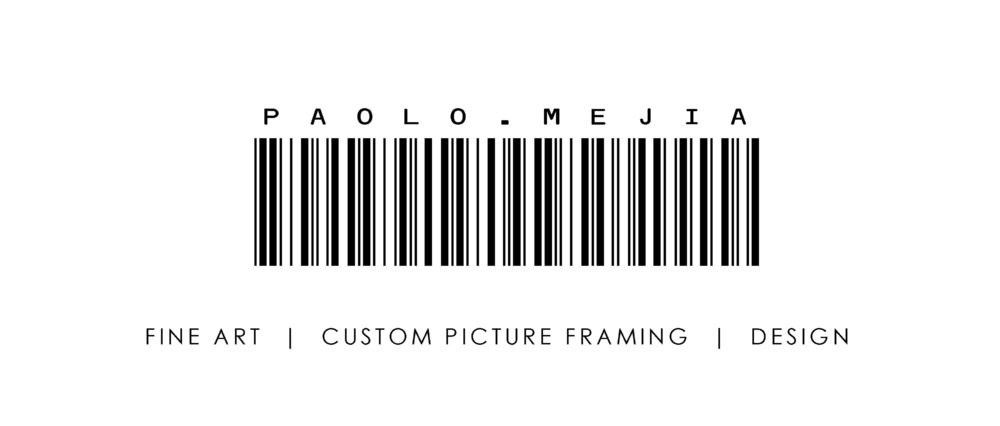This series began as an investigation the physical and cultural landscape of Saint-Louis, Sénégal, where Rebecca partook in a two-month artist residency in 2013. It is a reaction to the complex experience of temporarily settling in an enchanting place, especially where one is visibly an outsider.
Saint-Louis initially has the appearance of decay and neglect, living in the shadow of its former French rule. Though with careful observation, Rebecca witnessed the cityscape evolve over a short period of time. The colorful tapestries celebrate the vitality of the place, allowing this backdrop of decay to represent change and renewal. However, there is tension in the fact that they portray a singe outsider’s transitory impression of the city.
They act like a façade, hinting at what is contained within, but without any guarantee.Painted patterns inspired from iron and cement architectural details from around the island are combined with sewn fragments of recycled rice sacks to create experiential depictions of Saint-Louis. More subtly, the work aims to reference the Mandjak textiles of Senegambia, in which repeated bands of pattern create an immersive aesthetic experience. Due to the woven structure of the material, the piece will continue to evolve (as in, “un-weave”) with time. This is not to say that the work is ephemeral, but rather it is to emphasize that they are alive, much like the landscape of Saint-Louis.
The three-dimensional pieces attempt to bridge the series of Saint-Louis tapestries with Rebecca’s sculptural practice. Adding an undulating structure to the colorful rice sacks (and remnants of them) provides a heightened sense of dynamism to the earlier series. Additionally, it is a meditation on the structural potential of textiles.
